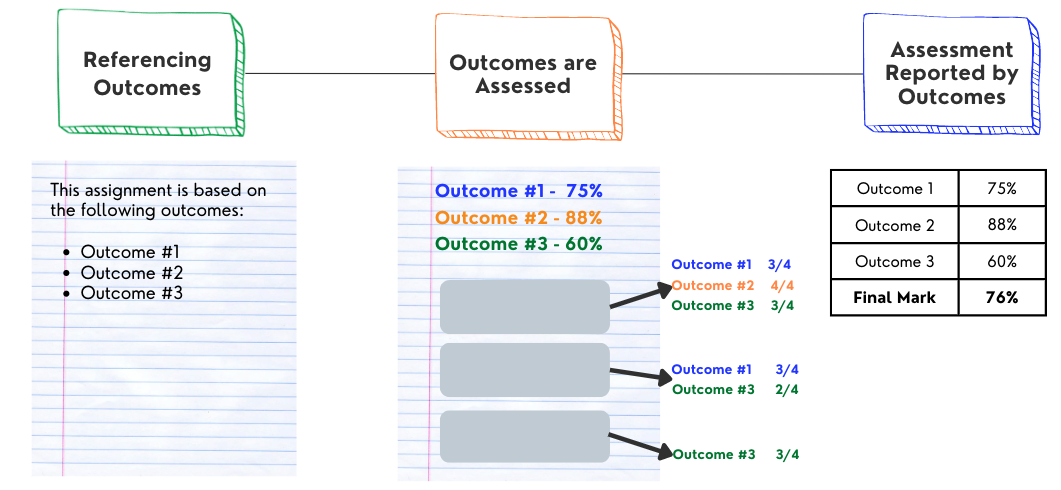Naming Assessments by Our Intentions
By Carolyn Hoessler
What’s in a name?
that which we call a rose By any other name would smell as sweet”
(William Shakespeare, Romeo & Juliet)

If what determines the nature of a flower is its smell and not its name, then what determines the nature of an assessment tool is its use and not its form or label. The same identical test can be used for formative, summative or mixed purposes. What determines if an assessment is “Formative” or “Summative” is who has access to the resulting evaluative information and what is the subsequent use of such information.
When the purpose of assessment is to provide information back to learners in a way that supports their ongoing growth then an assessment is formative. While assessment of performance at a specific point in time with the information is simply retained by the instructor would be summative.
However, neither life nor assessment is black-or-white. Measures of performance, including tests, recitals, essays, presentations, project reports, can have consecutive as well as concurrent uses. A test may be used formatively in one class, yet an equivalent set of questions may be summative in another class because students received feedback in the first class but not in the other class. Within the same course, a mid-term test may be formative, while a final summative. Mixed uses are allowed in many forms including having one or two questions used formatively for feedback while the overall mark is summative, or vice versa having part of it summative and the whole providing formative feedback. A doctoral or master’s defense is one example of a traditionally mixed assessment with the important summative decision of a student’s performance accompanied by formative feedback through the questions asked and answered.
Interested in teasing apart the distinction between formative and summative? Some recommended readings include:
Taras, M. (2005). Assessment – summative and formative – some theoretical reflections. British Journal of Educational Studies, 53(4), 466 – 478.
Willam, D. (November 2000). Integrating summative and formative functions of assessment. Keynote address to the European Association for Educational Assessment; Prague: Czech Republic.
William, D., & Black, P. (2006). Meanings and consequences: A basis for distinguishing formative and summative functions of assessment? British Educational Research Journal, 22(5), 537 – 548.
Photo by Claudia de Facci – http://www.flickr.com/photos/cioccithebest/4964626181/


